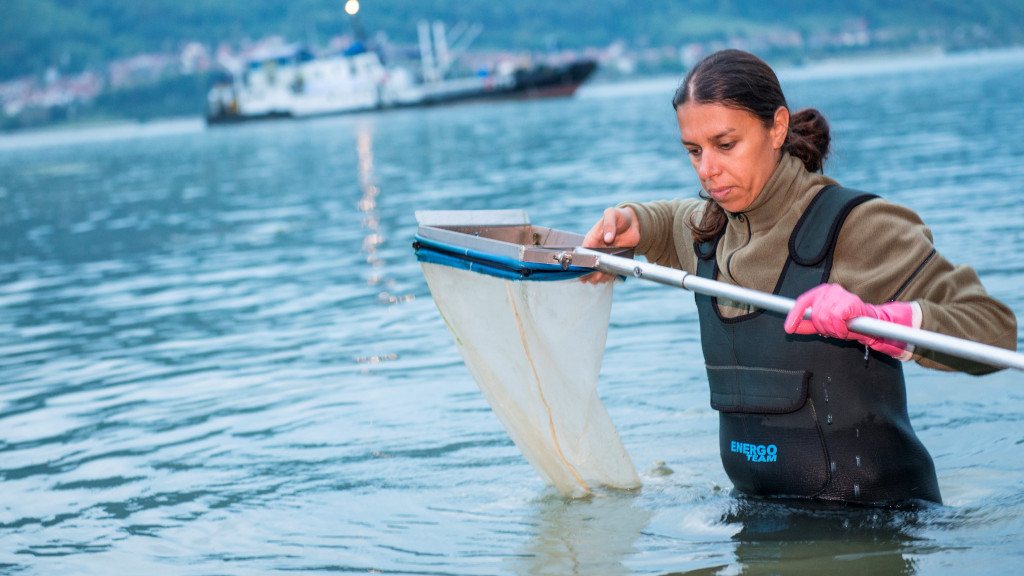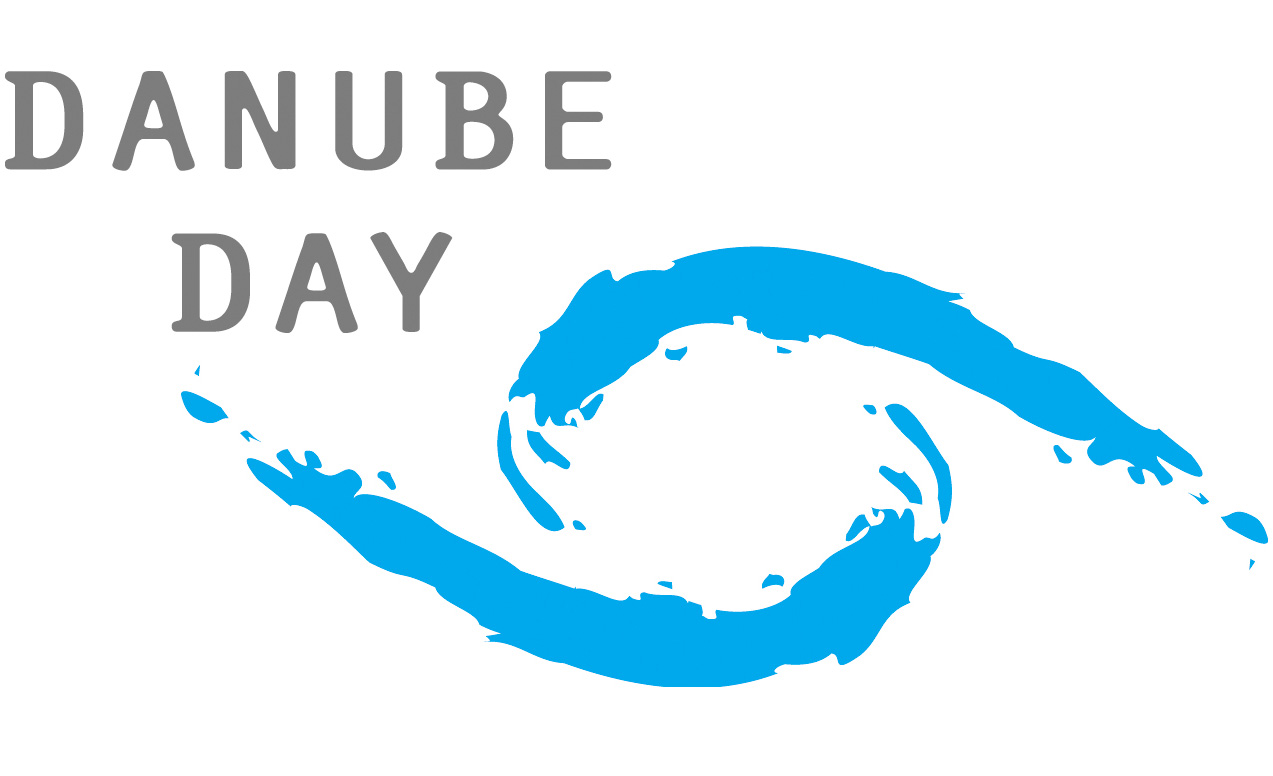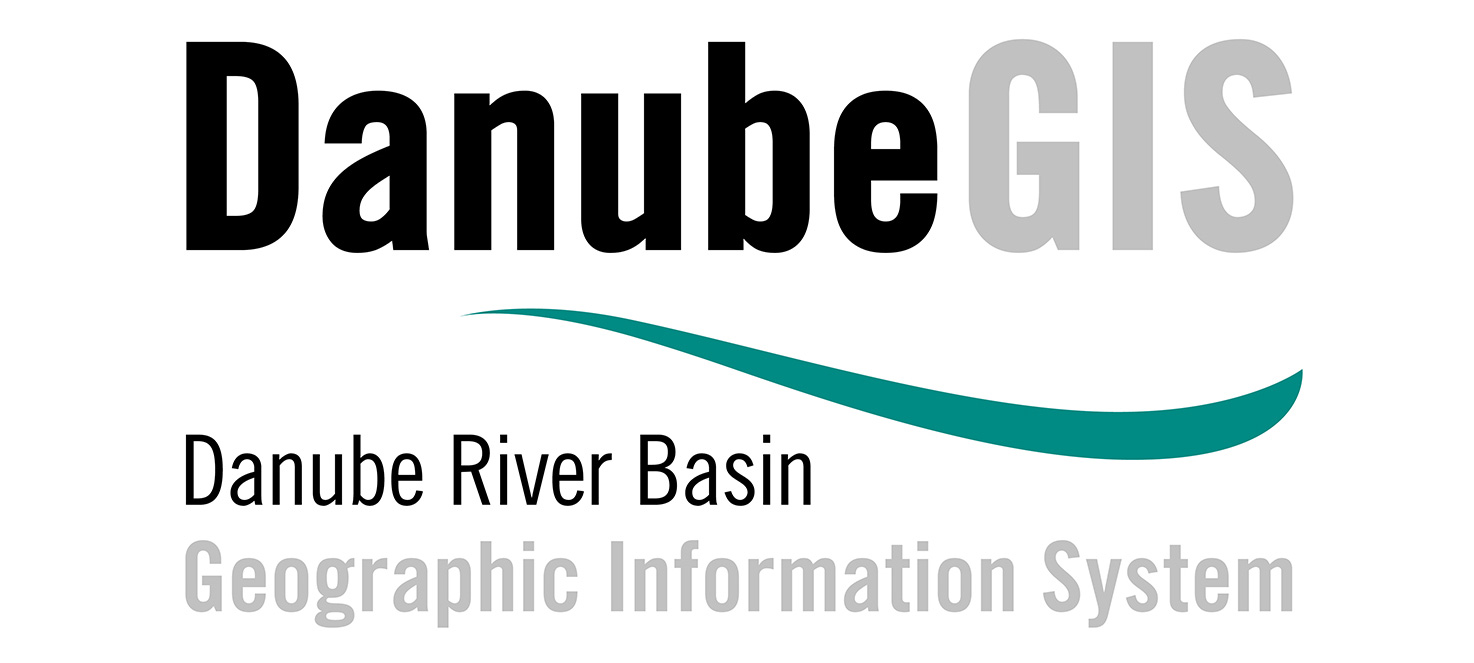30 Years of the TNMN: Guarding the Danube’s Water Quality Amidst EU Innovation

As the TransNational Monitoring Network (TNMN) marks its 30th anniversary, it stands as a model of international cooperation in water quality monitoring. Since 1996, the TNMN has provided a structured, long-term view of pollution and water quality in the Danube River Basin, tracking chemical and biological parameters across more than 100 monitoring locations. Its data not only informs local and national policies but also supports compliance with the EU Water Framework Directive.
A Collaborative Effort for Clean Water
Managed by the ICPDR, the TNMN harmonizes monitoring methods and data across member countries. Sampling is conducted at least 12 times a year for chemical parameters ensuring a comprehensive understanding of the basin’s health. The network’s annual yearbooks offer a detailed overview of pollution levels and trends, helping to assess the effectiveness of pollution reduction measures.
EU’s Next Step: A Joint Monitoring Facility
The TNMN’s anniversary coincides with a significant development at the EU level. The European Union is currently exploring the possibility of establishing a joint monitoring facility to assist member states in developing new monitoring methods and managing the increasing number of priority substances. This facility would be open to all interested member states on a voluntary basis, aiming to further standardize and enhance water quality monitoring across Europe.
This potential initiative could complement the TNMN’s work, offering additional resources and expertise to address emerging challenges such as new pollutants and climate change impacts.
Why the TNMN Matters
- Basin-Wide Assessment: The TNMN provides consistent, comparable data, enabling a holistic assessment of the Danube’s water quality and identifying pollution hotspots.
- Harmonized Methodology: By integrating national networks and standardizing methods, the TNMN ensures data comparability across borders.
- Historical Roots: The network builds on the 1985 Bucharest Declaration, which first aimed to observe and improve water quality in the Danube.
Looking Ahead
As the TNMN enters its fourth decade, its role is more critical than ever. With the EU’s proposed joint monitoring facility, there is an opportunity to further strengthen transnational cooperation, ensuring that the Danube—and Europe’s waterways—remain healthy for future generations. The TNMN’s 30-year legacy highlights the power of collaboration in environmental protection. As the EU considers new tools to support member states, the TNMN’s experience offers valuable lessons in long-term, science-based monitoring.





